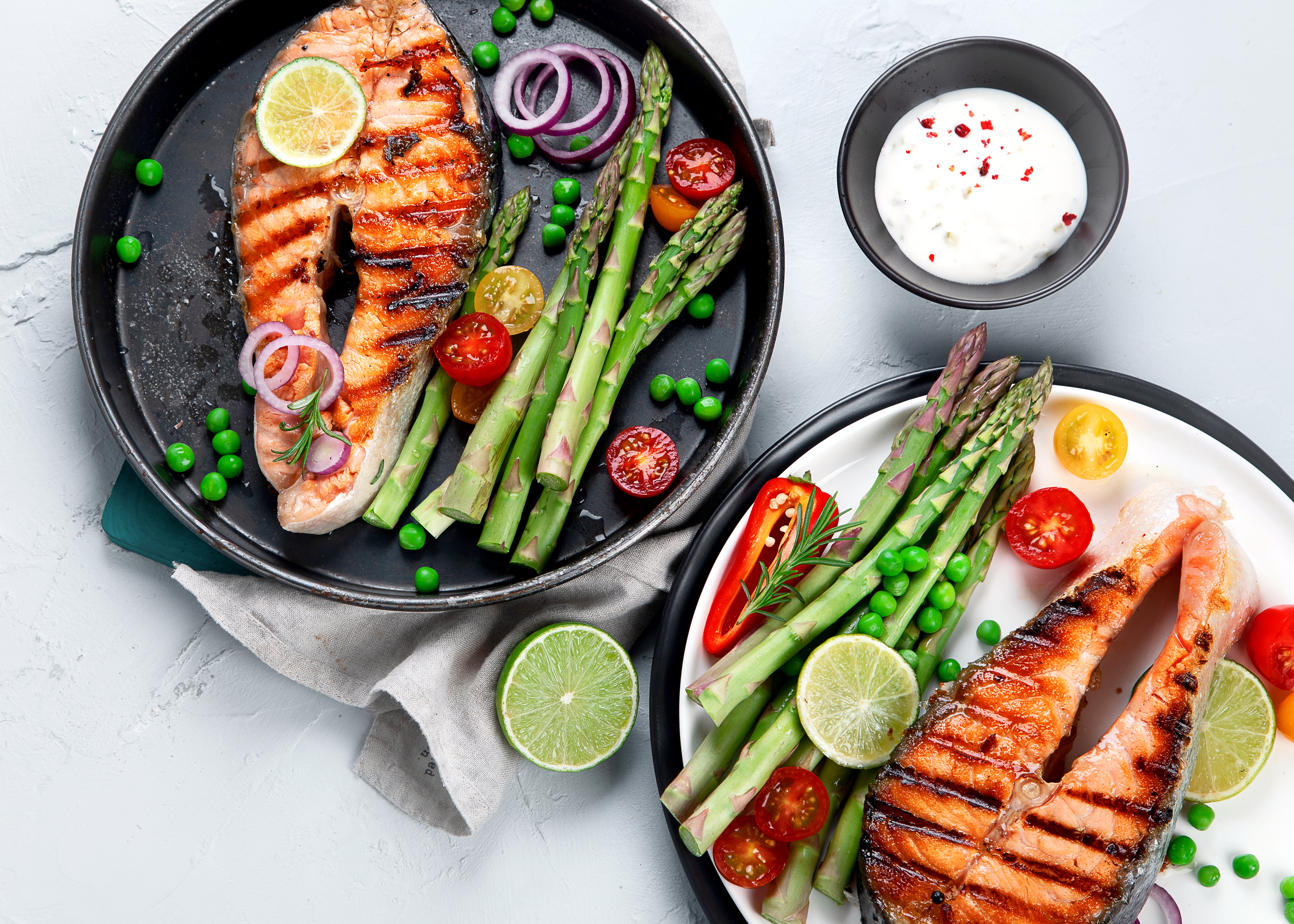Nutrition Science isn’t Rocket Science: 4 Basic Principles to Keep in Mind
Nutrition science is fairly simple. Eat lots of veggies. Eat a wide variety of foods. Prepare your own food whenever you can. Eat consistently throughout the day. However, there’s so much information and misinformation out there, it’s easy to get lost, confused, or forget what you already know. These basics can help get you back on track to build a solid nutrition foundation for this season and beyond.
Written by Becca Blumberg
Edited by Pavlína Marek
Eat Regularly
A solid fueling plan begins with a regular eating pattern. You should eat within two hours of getting up. If you hit the gym in the morning, it’s crucial to get those first bites of the day within half an hour after that morning pre-work workout. From there, most of us need to eat something every 3-4 hours. This is roughly how long it takes us to burn through the energy from our last meal. After this time, our blood sugar also starts to fall, which causes hunger, letting us know we should eat again.
Eating regularly keeps us from hitting that afternoon slump and keeps our brains firing all day. It keeps us from getting overly hungry, therefore, we’re able to make conscious decisions about and really enjoy our food. This can help us eat the right amount of food, feeling energized and nourished after we eat without overeating.
Regular eating also gives us enough chances to get adequate nutrition during the day. As athletes, we need more energy and protein. We also need more micronutrients like iron, B vitamins, electrolytes, and vitamin D. Giving our bodies enough nutrition helps us recover faster, nail our workouts, and perform better.
Variety is Key
Eating a wide variety of foods, particularly plant-based foods, has been shown to improve overall health. This is especially important for us as athletes because each type of food has different nutrients that get us the energy, protein, vitamins, and minerals we need to train and perform at our best.
Each fruit or vegetable represents a different nutrient profile. Whole grains and legumes have iron, magnesium, B12, protein, and fiber. Nuts pack a powerful combo of fiber, protein, and healthy fats. You don’t have to change your whole diet to get all the perks; you can implement the principles of nutrition science by looking for foods that add to what you already enjoy rather than removing a favorite.
Build Your Meals
Now that we know that we should have variety in our meals, let’s talk about how to achieve it. The athlete’s plate is an easy-to-follow template that breaks down nutrition science into easily understandable bite-size pieces. Basically, you should have vegetables (both raw and cooked), lean protein, and carbs in each meal. These foods are filled with healthy fats and are a good choice for their anti-inflammatory properties and energy density.
Many of these foods also emphasize hydration, focusing on water or nutrient-dense drinks such as milk or soy milk.
Snacks
Snacks are an essential part of a regular eating pattern. They are opportunities to get enough calories and protein during your day. They also keep you in charge of your food choices by holding you over from meal to meal. This helps you be mindful about what you eat so you don’t choose your meals from a place of primal hunger or bottom-less pit mode.
Solid snack combos offer a mix of protein, fat, and fiber. Some examples are fruit and nuts or yogurt, cheese and whole grain crackers, graham crackers and peanut butter, or even a half of a turkey, peanut butter, or tuna fish sandwich. Don’t forget about a bedtime snack, particularly if you eat dinner early or do an early workout before breakfast. A healthy evening snack can be an important step to set you up with energy to start the next day.


